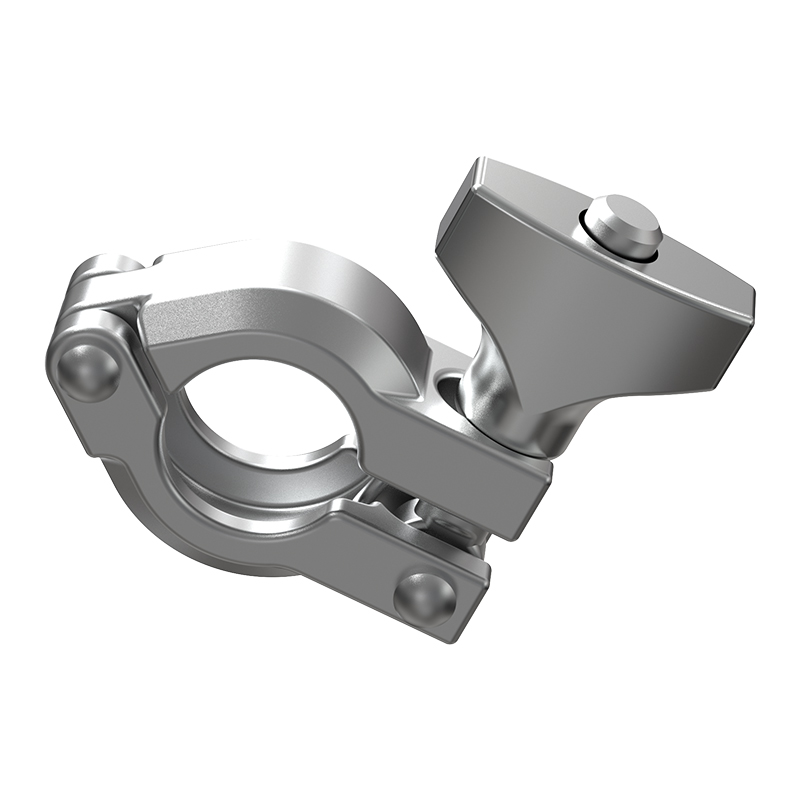
What are the advantages of sanitary clamps for high-purity fluid components?
Publish Time: 2025-10-11
1. Zero-contamination Design and Media Isolation AdvantagesThe core advantage of sanitary clamps lies in their zero-contamination design, which completely isolates the media from the external environment through physical isolation. For example, the elastic diaphragm of a sanitary diaphragm valve completely isolates the fluid from the actuator and the external environment, eliminating the risk of media leakage caused by seal failure in traditional valves. This design is particularly important in the pharmaceutical industry. For example, in the production of sterile injectables, diaphragm valves ensure that the drug solution is not contaminated by external factors during transportation, while also preventing residual drug from corroding the valve interior.

